DIY Moisturizing Soap Recipe
Learn how easy it is to make DIY moisturizing soap to give as a gift or use for yourself and your family! This step-by-step guide will take you through the process of making a natural, scented bar soap that you will enjoy making and using!
diy moisturizing soap
Natural moisturizing soap that smells amazing isn’t hard to make. This cold process soap is perfect for sensitive skin and other skin types like dry skin.
My first batch of soap was made about three years ago with my good friend, Mary, who has made soap for a very long time. She is also my daughter-in-law’s mama and is the one who introduced me to making homemade hand soap!
I was amazed at how easy it is to make! If I can make a bar of soap this amazing, then you can make your own soap too! This homemade soap recipe is far better than any store-bought soaps I have ever used and I can’t wait to tell you how easy it is to make! Let’s get started!
The following post may contain affiliate links. That means if you click and then buy something, I will make a small commission at no additional cost to you! Thank you for supporting my blog. full disclosure here.
moisturizing soap ingredients
The printable recipe that I use will be included later in the post but I wanted to go over the basic ingredients and method to make handmade soap bars.
different oils and fats
You can use several types of oils to make DIY moisturizing soap: olive oil, castor oil, sweet almond oil, and avocado oil. You can also use ‘solid’ oils, including coconut oil, shea butter, jojoba oil and cocoa butter.
Believe it or not, you can also use lard or beef tallow as one of the oils! When choosing olive oil, there is no need to purchase expensive extra virgin olive oil. I use the Great Value regular olive oil with great results!
Fragrance oil can also be used when making homemade soap if you want it to be scented. I recommend using high-quality fragrance oils made for soap making.
Purchase fragrance oils on reputal sites like Bramble Berry, Flaming Candle and Candle Science. I realize they sound like candle making sites but they have soap making supplies too! I have used fragrance oils from each and they are amazing!
lye and liquid
Soap is made with sodium hydroxide also known as lye. This is a dangerous substance but is necessary to make soap. Use the proper safety gear when working with lye: eye protection, protective gloves and long sleeves. Keep lye and the mixed lye solution out of childrens reach!
I’ll explain more about lye later in this post but for now, rest assured that if you take the necessary precautions, you can use sodium hydroxide to make soap. You have to be smart about the process but it can be done!
BTW, I use separate bowls for the lye solution. These bowls and containers do not go back into my kitchen for food use! I also use a digital kitchen scale for accuracy.
Lye is mixed with a liquid which can include water and goat milk. I’m sure there are other liquids but I do not have experience with liquids other than these.
supplies for DIY soap-making
Here are the links for the supplies I use to make my DIY moisturizing soap:
- 2-cup glass container for water
- 8-cup glass container with spout for oils
- small plastic container with lid for lye
- silicone soap molds
- immersion blender
- silicone spatulas
- stainless steel serving spoon
- digital food scale
- digital food thermometer
- rubber gloves
- safety glasses or goggles
- various oils (listed in the recipe)
- soap grade fragrance oils (more about the oils later in this post)
- lye (sodium hydroxide)
- water
I have created a recipe for you but you can also create your own customized recipe using a soap calculator! You can still use the method I teach here but with different oils!
step-by-step guide to small batch soap
There are several approaches to making diy moisturizing soap. This is my preferred method using the oils, lye, and liquid for this recipe. I like to repeat the steps the same way each time so that I don’t have any mishaps!
step one: mix the lye solution
- This is an important step and the one you need to be the most careful with. Do not do this step with young children or pets close by. Lye can be dangerous if not properly used so be smart about measuring and mixing the lye and liquid! Put on your rubber gloves, safety glasses and even a mask! Wear long sleeves if you are concerned about your arms. Do this step and mixing the lye in a well-ventilated area.
- Measure the lye into the plastic container. First, put the plastic container on your food scale and zero it out so that the digital numbers show as zero. That way you are only measuring the ingredients you add to the container.
- Carefully spoon the dry lye into the plastic container until the scale reaches the correct amount in the recipe. Carefully put the lid on the container being cautious to not spill the lye. I used a small parmesan cheese store container that I had saved for this purpose. I only use this container to measure lye and nothing else! It stays in my soap-making box of supplies and tools.
- Next measure the water in the glass container. Follow the same steps as measuring the lye. First zero out the scale after placing the glass container on the scale. Then measure the correct amount of water in the glass container.
- Now it’s time to mix the lye and the water together. Step outside or in a well-ventilated area. I prefer to step outside on a flat surface like my front porch.
- Here is a warning: Do not add water to the lye! Instead, add the lye to the water. It might not seem like a big deal but if you add the ingredients in the wrong order, you might have some bubbling, popping and could possibly burn your skin. Rubber gloves and safety goggles are necessary!
- Slowly pour the dry lye into the water and stir with a metal spoon until the cloudy appearance is gone and the lye is dissolved. Be careful while stirring. Once the lye is in the water it will heat up very quickly and can even put off steam! This is one of the reasons I do this step outdoors. The steam can put off an odor and you do not want to breathe it in. Wear a mask if you are concerned!
- Allow the lye and water solution to cool to about 100*. I leave the glass container outside in an area that will not be disturbed by children, pets or wildlife. The solution needs to cool and can take a bit of time depending on the outdoor temps.
step two: melt and mix the oils
The solid oils need to be melted in order to mix them with the liquid oils so I start off with that step first.
- Use the 8-cup glass container, place it on the food scale, and zero out the scale. Then add the first solid oil until the correct amount is in the glass container. Zero out the scale and add the next solid oil to the desired amount.
- Once all of the solid oils are measured, melt them in the microwave for one minute and a time. Stir between the minutes and continue to set the microwave to one minute at a time until all of the solid oils are melted.
- Place the melted oil-filled glass container on the scale and zero it out again. Add the liquid oils, one at a time using the same method of zeroing out the scale between oils. Do not add the fragrance oils yet!
- Stir the oils to mix completely. Allow the oils to cool to approx 100*.
The oils and the lye solution need to be at approximately the same temperature before mixing. I aim for temps of each between 90*-100*
step three: mix the lye solution and oils
This next step begins the saponification process. This part is fascinating to me! A chemical reaction happens when lye, water, and the oils are mixed creating a whole new property called soap! The lye is no longer lye, the oils are no longer oils. Now they are soap!
The full process takes 4-6 weeks to complete but it begins when the two are combined. Continue to use gloves and safety glasses to avoid splashes since the process isn’t yet complete.
Slowly pour the lye solution into the 8-cup glass container with the oils and stir with a silicone spatula. Add the fragrance oil of your choice.
Next, put the immersion blender into the mixture and tap on the side of the glass to remove any air bubbles in the blender.
Using the pulse on the immersion blender, mix the soap solution. It’s best to pulse a couple of times, stop the pulsing, and just stir with the stick blender, then pulse again. Blend until the soap batter has changed color, is thickened, and will trace.
Depending on the room temperature, and the temp of the oils, trace can happen in 2-5 minutes and sometimes longer. Check for trace several times so you don’t take the soap solution too far!
Trace is when the ingredients are fully emulsified and will leave a trail from the dripping blender on top of the mixture. It is still pourable. Imagine drawing a squiggly line with the dripping mixture once you lift the blender from the solution. You are looking to have that line leave a trail on the surface!
step four: pour the soap
Now it’s time to pour the soap into the silicone mold. The spout on the glass container will come in handy for this step as well as the silicone spatula. Carefully pour the soap into the molds to the top.
The soap will thicken in minutes so do this step quickly and efficiently. Don’t stop to take a phone call or text! This recipe will make approximately 7-9 bars of soap depending on the size of the soap mold.
Smooth out the top of the soap. You can use a metal knife to create a flat surface or a small metal spoon to create a design like I did.
Allow the soap to set up in the silicone molds for at least 24 hours and up to 48 hours. I place my molds on cooling racks before pouring so they are easy to move to another room. Place them in a room where they will not be disturbed.
Once the bars have set up, pop them out of the silicone molds and place them on the cooling racks in a dark cool room to finish the saponification process for up to 6 weeks. the longer you allow them to firm up, The longer the bars will last once they are in use. I like to leave them alone for the full 6 weeks.
step five: clean up
This is the last step of soap making and an important one! Keep your gloves on and thoroughly wash all of the tools you used with soap and water.
After cleaning, I store my molds, immersion blender, and other tools in a box high on a bathroom closet shelf. These tools are used only for soap making! I also store my printed recipes in the same box!
handmade soap as a gift
Handmade soap makes wonderful gifts! I have given away so many bars of this homemade moisturizing soap and everyone has loved it! The lather this handmade soap makes is amazing! It feels so good on my skin.
It can be wrapped simple with a pretty bow, jute twine or velvet ribbon. Add some dried flowers to the bow for an added touch!
Each bar of soap lasts me about one month. When the soap gets very small and is hard to use, I save it in a bag. Once I have several leftover pieces, I melt them in the microwave using the 2-cup glass container and repour the melted soap into a soap mold.
Obviously, I do not give that bar of soap away! I keep it for myself! That way I am using up all of the oils and fragrances that I spent my hard-earned money on!
faq’s
How to create your own soap recipe?
Use a soap lye calculator to determine the amounts of lye, liquids, oils, and fragrances for your soap recipe. The soap calculator is the perfect way to get the correct measurements to create your own recipes.
Which ingredient in soap is good for dry skin?
Castor oil, almond oil, olive oil, and shea butter are all excellent choices for dry skin issues. Personally, shea butter works well for my aging dry skin.
Is lye a natural ingredient?
Lye (caustic soda) is made from natural properties like clay and limestone.
Can homemade soap have color?
Yes! I choose not to color my handmade soaps since I love the natural color that this recipe creates. You can learn more about adding color to soap on Brambleberry.com.
What are the best types of fragrances to use in soap making?
It is best to use high-grade fragrance oil when making soap. Many professional soap makers do not recommend pure essential oils for soap making. High-quality fragrance oils will hold their scent better and respond to the saponification process correctly. Choose your favorite scents and avoid using synthetic fragrances.
Does handmade soap make a great gift?
Yes and yes! I make several batches of soap at a time. I scent each batch differently and label them. The bars make nice gifts for women and men if the scent is appropriate! Wrap a ribbon and add a little gift tag and you have the perfect gift for anyone!
all about soapmaking
I hope you enjoyed this post and this soap recipe! I’m looking forward to making other recipes so be sure to sign up for my email updates! Next on the soap-making agenda is homemade bar kitchen soap! And I am also researching how to make soap using items from my garden like flowers and herbs.
Below is the printable recipe. Print it out and keep it in your soap-making supplies box like I do!
Simple and Natural Skin Moisturizing Soap with Recip
Equipment
- 2 cup glass measuring cup
- 8 cup glass measuring cup
- small plastic container with lid
- silicone soap molds
- immersion blender
- silicone spatulas
- digital food scale
- digital food thermometer
- rubber gloves & safety glasses
Materials
- 3.13 oz lye sodium hygroxide
- 7 oz water
- 5 oz olive oil
- 5 oz lard or beef tallow
- 1.3 oz castor oil
- 6 oz coconut oil
- 5 oz shea butter
- 2 oz fragrance oil of your choice
Instructions
- Using the digital scale, measure the lye in the small plastic container and put the lid on it. Set aside in a safe place out of reach of children and pets. Zero out the scale after placing the plastic container on the scale. Wear your rubber gloves, safety glasses, and even a mask. Do this in a well-ventilated area!
- Measure the water in the 2-cup glass measuring cup. Zero out the scale after placing the glass measuring cup on the scale and before adding the water.
- Slowly pour the lye into the 2-cup glass measuring cup of water stirring carefully until the water is no longer cloudy. Set the mixture in a safe place so it will not be disturbed and cause harm to someone. The mixture needs to cool since combining the two will raise the temperature significantly. Be careful! Allow the solution to cool to about 100*.
- While the lye solution cools, prepare the oils by measuring the same way as with the water and lye. Place the 8-cup glass measuring cup on the scale and zero it out. Then add the solid butters, one at a time, to reach the desired amount. The solid oils include lard, coconut oil, and shea butter. Zero out the scale between each solid oil, keeping them all in the large measuring cup.
- Melt the solid oils in the microwave 1-2 minutes at a time until completely melted. Add the remaining liquid oils which include: olive oil and castor oil using the same method of zeroing out the scale between oils. Allow the oil solution to cool to about 100*.
- Once the lye and oil solutions are at about the same temperatures between 90*-100*, it's time to mix them into soap! Pour the lye solution into the large glass measuring cup of melted oils. Add the fragrance oil.
- Use the immersion blender to stir the solutions together. Then pulse the blender periodically stopping and stirring with the blender. Continue alternating the mixing method until it comes to trace. Pay close attention as this can happen quickly!
- Once trace has been acheived, carefully pour the soap into the silicone molds. Smooth the top of the soap or create a design with the back of a spoon.
- Allow the soap to set up in the molds for up to 48 hours before removing them. Once they have set, remove the bars and place on a cooling rack in a dark cool room for 4-6 weeks to complete the saponification process and allow the soap to harden.
Notes
Recreate and Decorate
Join the Facebook Group and Share Your Projects With Us!
Thanks for joining our journey!
Thanks so much for joining us for this post! Join our journey so you don’t miss any of the fun projects, tutorials, and inspiration that we share with you each week! You can follow us on Instagram, Facebook, and YouTube. We share even more inspiration on Pinterest!
Visit my Amazon Storefront!
Click the button below and head over to our online shop on Amazon!
Cindy Rust
Cindy has been decorating her home with thrift store finds for 40 years. She is an avid thrift store shopper who loves to makeover the items she finds into vintage-inspired home decor and furniture. When she isn’t thrift shopping or painting a piece of furniture, you can find her making homemade butter, working in her garden, or painting with watercolors.








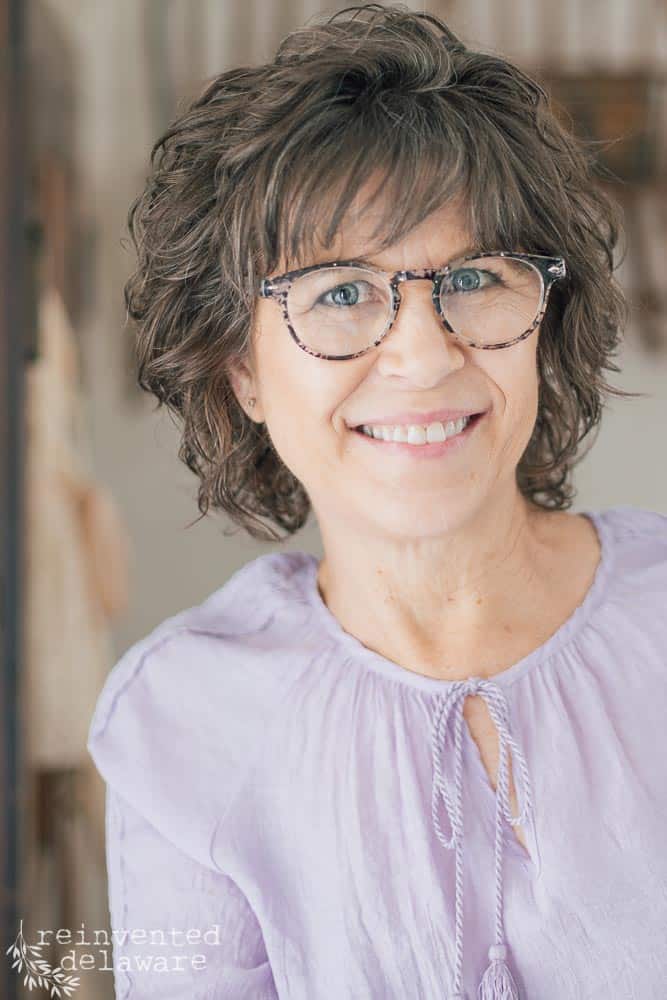









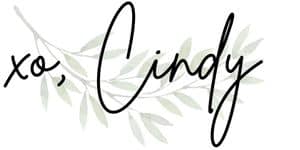
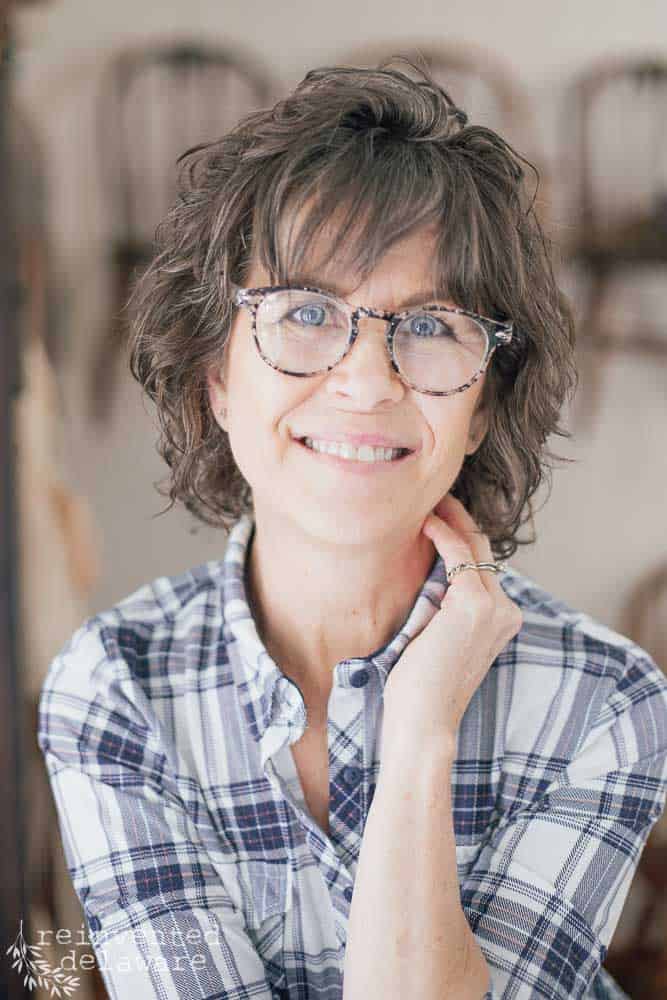
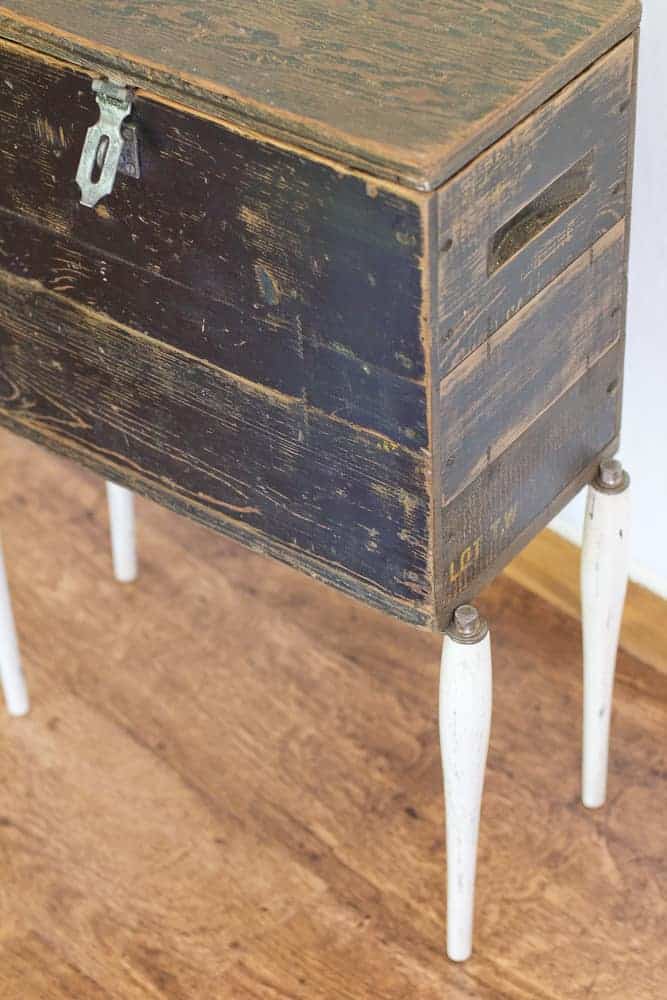
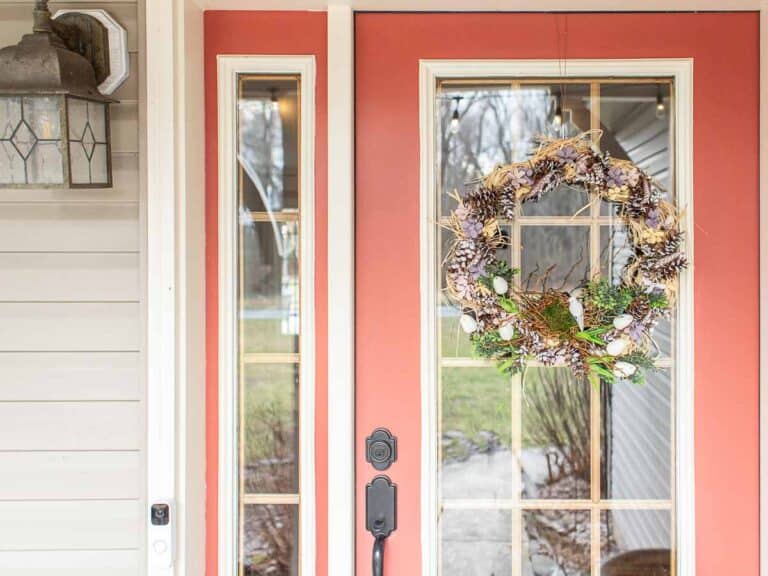
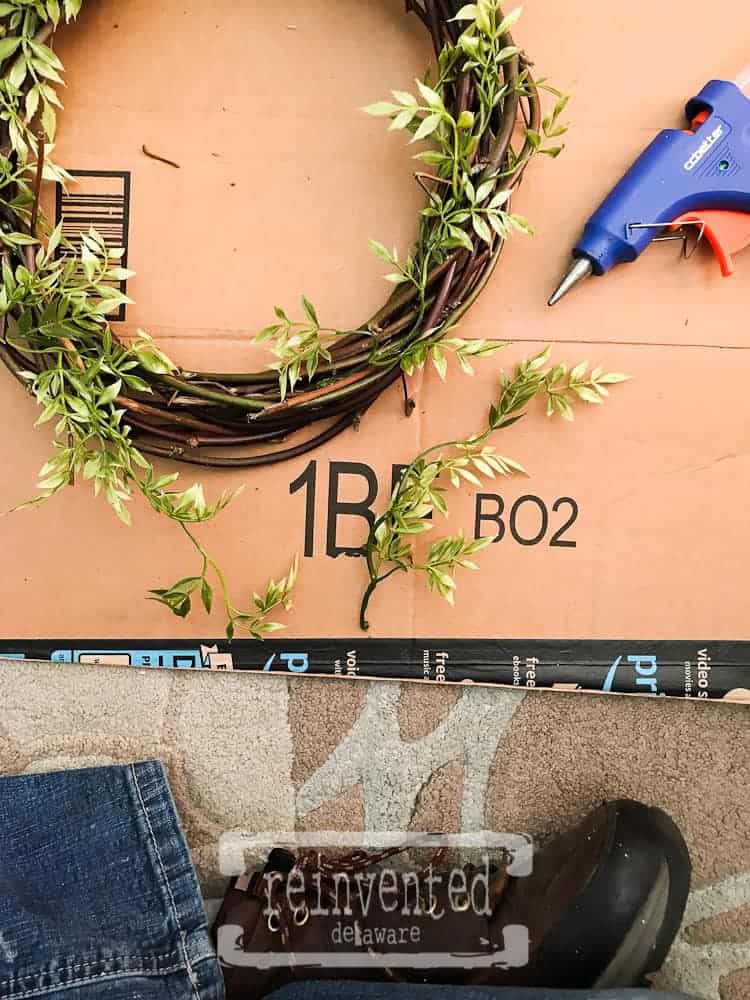

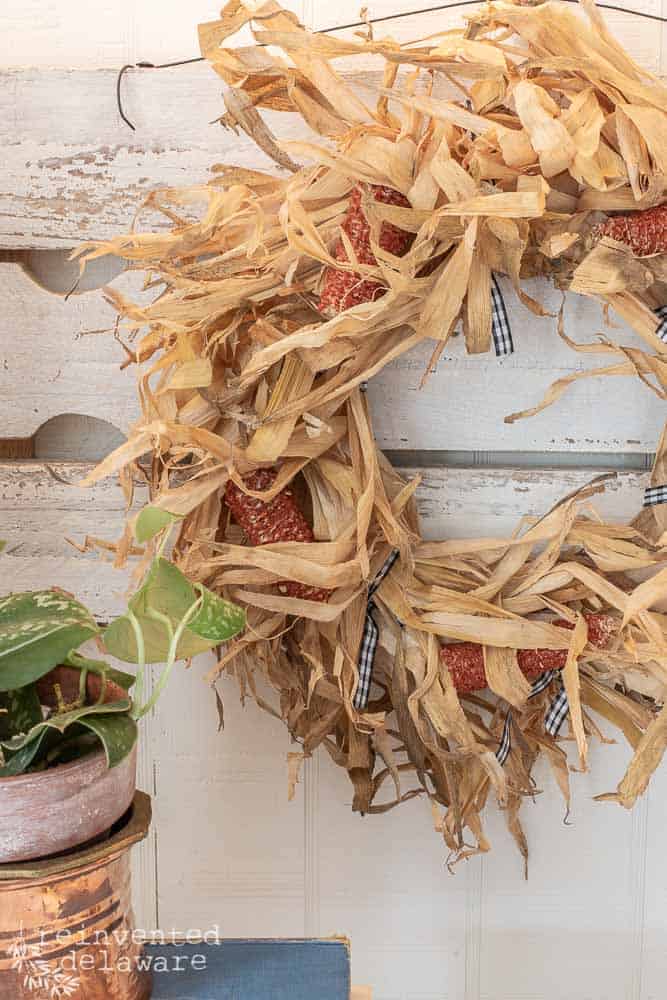

Oh wow! I’m sitting here at 3am (couldn’t sleep) and now all of a sudden I want to make soap. This is fascinating, Cindy. I will definitely try this. Thank you for such an in depth tutorial. 🙂 Pinned! xo 😘
3am?? Omgoodness, I have had those kind of nights too! have fun making the soap. They make great little gifts too. I just made homemade bar dish soap and I will be sharing that recipe soon!